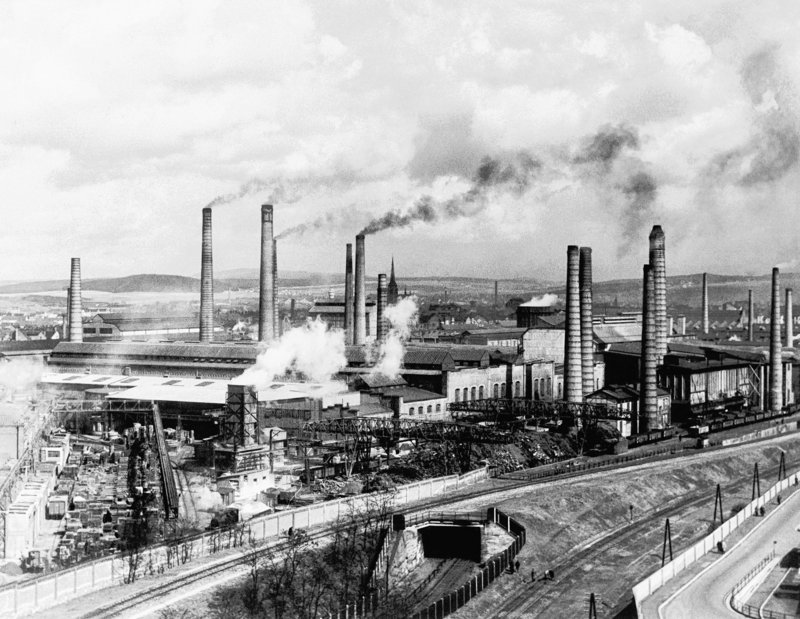WASHINGTON – A new study looking at 11,000 years of climate temperatures shows the world in the middle of a dramatic U-turn, lurching from near-record cooling to a heat spike.
Research released Thursday in the journal Science uses fossils of tiny marine organisms to reconstruct global temperatures back to the end of the last Ice Age. It shows how the globe for several thousands of years was cooling until an unprecedented reversal in the 20th century.
Scientists say it is further evidence that modern-day global warming isn’t natural, but the result of rising carbon dioxide emissions that have rapidly grown since the Industrial Revolution began roughly 250 years ago.
The decade of 1900 to 1910 was one of the coolest in the past 11,300 years — cooler than 95 percent of the other years, the marine fossil data suggest. Yet 100 years later, the decade of 2000 to 2010 was one of the warmest, said study lead author Shaun Marcott of Oregon State University. Global thermometer records only go back to 1880, and those show the last decade was the hottest for this more recent time period.
“In 100 years, we’ve gone from the cold end of the spectrum to the warm end of the spectrum,” Marcott said. “We’ve never seen something this rapid. Even in the Ice Age the global temperature never changed this quickly.”
Using fossils from all over the world, Marcott presents the longest continuous record of Earth’s average temperature. One of his co-authors last year used the same method to look even further back. This study fills in the crucial post-Ice Age time during early human civilization.
Marcott’s data indicates that it took 4,000 years for the world to warm about 1.25 degrees from the end of the Ice Age to about 7,000 years ago. The same fossil-based data suggest a similar level of warming occurring in just one generation: from the 1920s to the 1940s. Actual thermometer records don’t show the rise from the 1920s to the 1940s was quite that big and Marcott said for such recent time periods it is better to use actual thermometer readings than his proxies.
Until now, continuous temperature record reconstruction only went back about 2,000 years. The temperature trend produces a line shaped like a “hockey stick” with a sudden spike after what had been a fairly steady line. That data came from tree rings, ice cores and lake sediments.
The study shows the recent heat spike “has no precedent as far back as we can go with any confidence, 11,000 years arguably,” said Pennsylvania State University professor Michael Mann, who wrote the original hockey stick study but wasn’t part of this research.
Send questions/comments to the editors.



Success. Please wait for the page to reload. If the page does not reload within 5 seconds, please refresh the page.
Enter your email and password to access comments.
Hi, to comment on stories you must . This profile is in addition to your subscription and website login.
Already have a commenting profile? .
Invalid username/password.
Please check your email to confirm and complete your registration.
Only subscribers are eligible to post comments. Please subscribe or login first for digital access. Here’s why.
Use the form below to reset your password. When you've submitted your account email, we will send an email with a reset code.